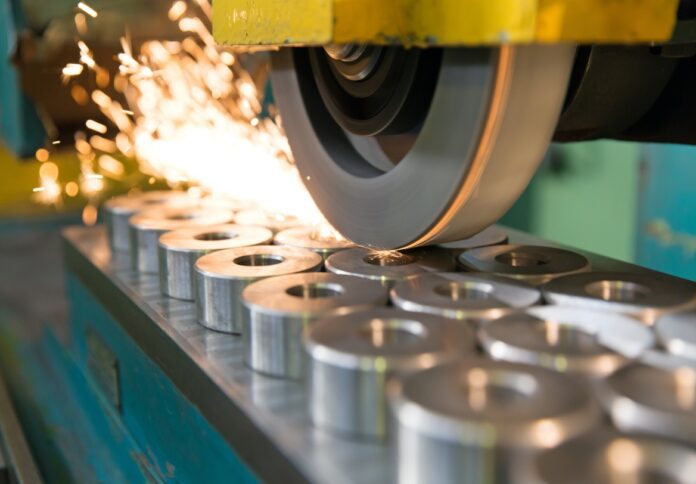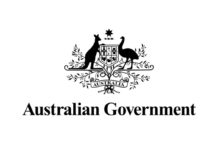
Global manufacturing activity returned to growth in June, marking a tentative recovery in output and new orders, according to the latest JP Morgan Global Manufacturing PMI.
The index rose to 50.3, up from 49.5 in May, pushing above the neutral 50.0 threshold for the first time in three months, signalling a mild expansion in the sector.
Produced by JP Morgan and S&P Global Market Intelligence in collaboration with the Institute for Supply Management (ISM) and the International Federation of Purchasing and Supply Management (IFPSM), the PMI report showed improvements in three out of five key components: output, new orders, and suppliers’ delivery times.
Employment and stocks of purchases continued to decline, though only marginally.
“The J.P. Morgan global manufacturing output PMI rebounded in June, rising 2.3-pts to 51.3 as both the US and China climbed to multi-month highs,” said Maia Crook, global economist at JP Morgan.
Global output growth was recorded across consumer, intermediate, and investment goods sectors, with intermediate and investment goods producers showing stronger performance.
Notably, China, the US, and Japan posted gains in output, while eurozone production grew at a slower pace. India led the global rankings for output expansion, while the UK, Brazil, Mexico, and Russia registered contractions.
A marginal uptick in new order volumes also contributed to the improvement in overall manufacturing conditions. New business rose for the first time in three months, driven by expansions in China and the US.
The euro area’s new order levels stabilised after more than three years of decline, while other regions like Japan, the UK, and Brazil continued to see contraction.
“Forward-looking indicators of demand were similarly constructive, with new orders and export orders PMIs recovering 1.1-pt and 1.3-pt, respectively,” Crook said.
Despite the rebound in output and demand, employment in the global manufacturing sector declined for the eleventh consecutive month. The contraction, however, was the joint-weakest since August 2024. Job losses were seen in China, the eurozone, and the UK, while employment grew in the US, Japan, and India.
Business sentiment remained cautious, with optimism holding steady from May but still below the long-term average for the fifteenth month in a row.
Inflation trends continued to diverge across regions. Input costs and selling prices rose sharply in the US, while both fell in mainland China and the eurozone. Inflationary pressures elsewhere were generally more subdued.
“The rebound contrasts with the downshift in global goods sector activity we see coming after output boomed earlier this year,” Crook noted.
“While we still have little doubt that a sharp deceleration is in the offing, the June PMI bounce-back suggests the underlying pace of growth may be holding up through the middle of the year. With the tariff drags still building, however, and some sector tariffs yet to be implemented if at all, it remains to be seen how long this resilience will last.”
Data for Canada and Pakistan were not available for inclusion in the June 2025 global manufacturing calculations.



















